When I first started making pour over coffee many years ago, I bought a reusable stainless steel filter from Able Brewing. It wasn’t available for sale in Singapore, but luckily The Wife’s good friend DT was travelling back from the US and hand-carried one back for us.
The filter was put into service every morning and made strong-tasting and full-bodied coffee that helped us start the day right. Cleaning it was a bit of a hassle as I had to knock off the used grounds and wash the filter after every use, but I quickly got used to it.
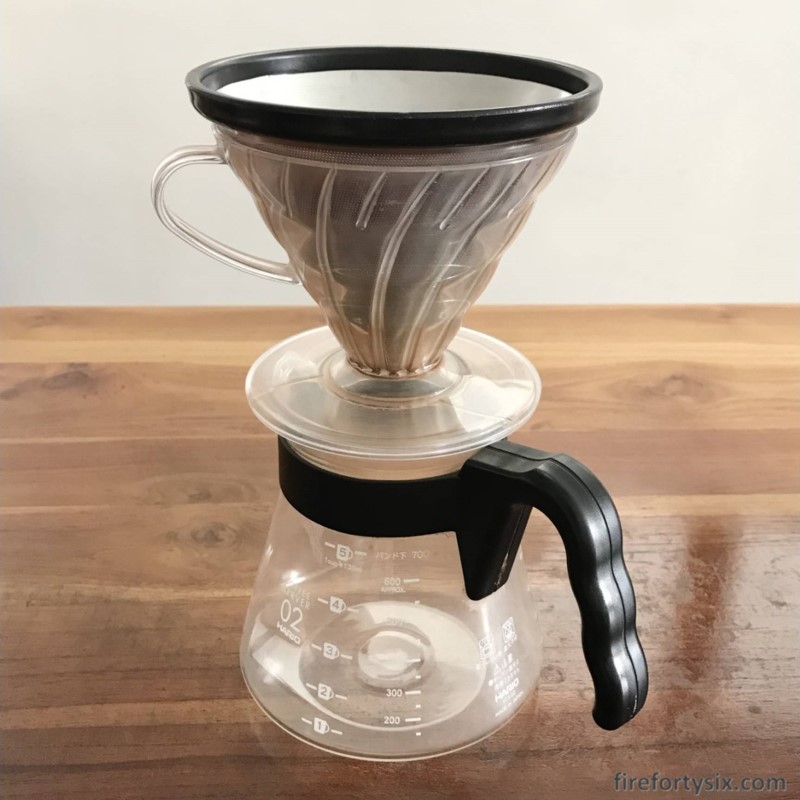
One day, I chanced upon online articles mentioning that Cafestol, naturally present in coffee beans and soluble in oil, is a potentially cause of high blood cholesterol.
While most of it is removed when brewed coffee goes through paper filters, the same doesn’t happen with metal filters that allow oils to pass through. Since we were drinking coffee every day, I thought that it would be prudent to switch to paper filters.
I was a little concerned that we wouldn’t like the resultant brew, and I decided to do a comparative analysis. Surprisingly, it turned out that we both preferred coffee made using paper filters, and so it was a no brainer to switch.
And so, for the past year, I’ve been happily making our daily morning pour over using Cafec Abaca filters. While they’re technically made using manila hemp and not paper, the end result is effectively the same.
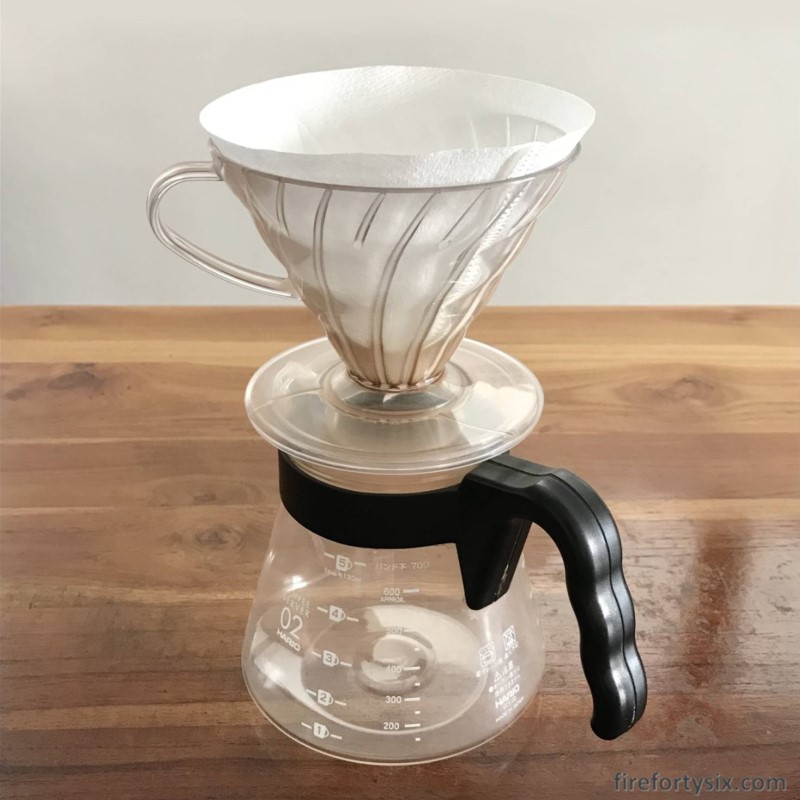
However, I realised that the comparative analysis I did last year was done using my old DeLonghi electric grinder and not my current, and much higher quality, 1Zpresso JX-Pro hand grinder.
Also, I was using beans from Mt Whitney Coffee Roasters, which are typically roasted months earlier, nitrogen packed and shipped in from Canada. They’re actually quite nice but noticeably not as good as the freshly-roasted beans I’ve been buying from various local roasters.
It was time to do another comparison between the V60 coffee brewed using paper and metal filters. But instead of simply scoring them based on how much I liked the taste, I planned to go into more detail and rate them along five dimensions on a scale of 1 to 5.
| Description | |
|---|---|
| Convenience | Ease of brewing and clean up |
| Cost | Effective price per cup |
| Body | Strength and mouthfeel |
| Flavour | Overall yumminess |
| Clarity | Brightness and acidity |
Process-wise, I’d first dial in my grind for the paper filter, and then use it as a starting point to find the right grind size for the metal filter. The comparison will then be done after both have been dialed in.
The Jewel Coffee El Salvador Picacho was the current bag in my coffee queue, and the cup made using the paper filter tasted very nice, with a good balance of body, flavour and clarity.

After dialing in, the brew parameters were:
- Filter:
Paper - Grind Size (1Zpresso JX-Pro): 3-6-0
- Recipe: Tetsu 4-6 “Standard x Strong”
- Temperature: 94°C
- Brew Time: 3’20”
The tasting notes on the bag stated “cocoa, medium acidity, smooth”, and while the cocoa taste was very faint, it was definitely smooth with a balanced acidity. This was a bag that I’d want to buy again.
Switching over to the metal filter and starting with the same 3-6-0 grind setting resulted in a dramatically different cup. It was full-bodied with deep flavour and a syrupy mouthfeel but without any trace of acidity at all.
Increasing to a coarser grind of 3-7-0 made for a cleaner cup with some acidity returning, but it still maintained its robustness. Pushing it to 3-8-0 further increased the clarity and acidity, but at the expense of overall flavour.
Among the three grind settings, the first attempt tasted the best:
- Filter:
Metal - Grind Size: 3-6-0
- Recipe: Tetsu 4-6 “Standard x Strong”
- Temperature: 94°C
- Brew Time: 3’15”
Initially, I thought that perhaps it was possible to make similar-tasting cups using the two different filters just by changing grind sizes. But after trying it out myself, it was clear that it wasn’t going to happen. Allowing more of the coffee oils to pass through dramatically changes the final taste and texture.
We finished the rest of the El Salvador by alternating between the two filters. It was quite fun, almost like having two different coffees in the same bag.
The next bag in the queue was the Ethiopia Gogogu Bekaka from Nylon Coffee, with stated notes of “berries, starfruit, bergamot and jasmine”.
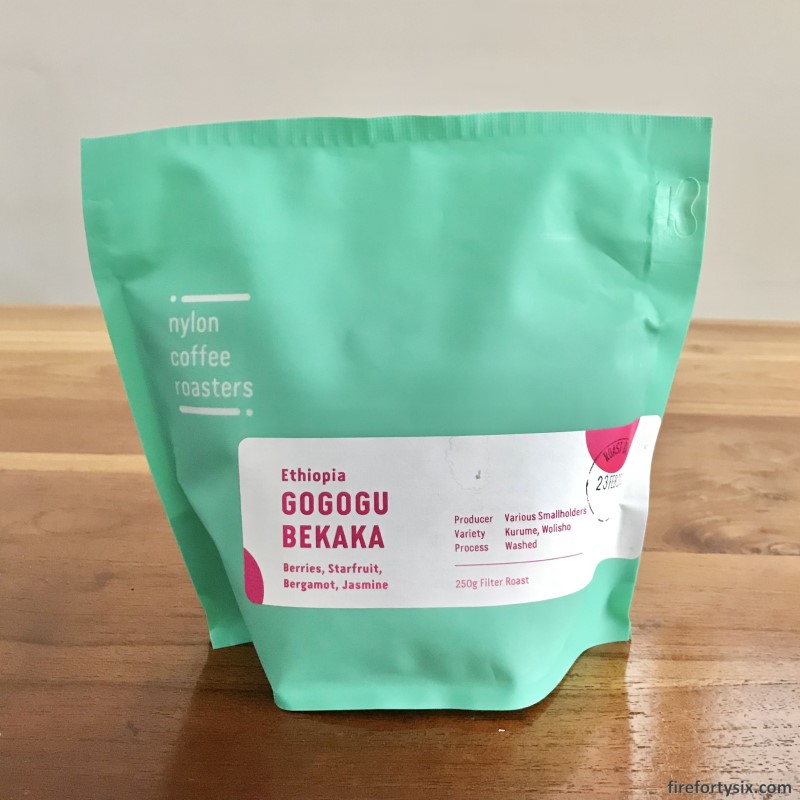
Co-incidentally, the dialed-in brew parameters for this bag were identical to the previous one:
- Filter:
Paper - Grind Size: 3-6-0
- Recipe: Tetsu 4-6 “Standard x Strong”
- Temperature: 94°C
- Brew Time: 3’20”
Nylon beans have been consistently good for me and these from Uraga, Guji were no exception. The coffee made using the paper filter was clean and bright, although I couldn’t discern any fruity notes.
Repeating the previous search for the metal filter, 3-6-0, 3-7-0 and 3-8-0 were tested. Similar results were observed i.e. stronger body, richer mouthfeel with flavour getting more diluted with increasing grind size.
This time however, the best grind setting was a coarser 3-7-0, and it made a cup that tasted even better than the one made with paper. The aftertaste even had some berry notes coming through!
- Filter:
Metal - Grind Size: 3-7-0
- Recipe: Tetsu 4-6 “Standard x Strong”
- Temperature: 94°C
- Brew Time: 3’20”
The remainder beans were brewed exclusively using the metal filter, and we enjoyed every last drop.
Well, not exactly every last drop. Because, in addition to more oils, the metal filter also lets through the finer fines. This makes the last few sips pretty much undrinkable, which is a waste but unfortunately, quite unavoidable.
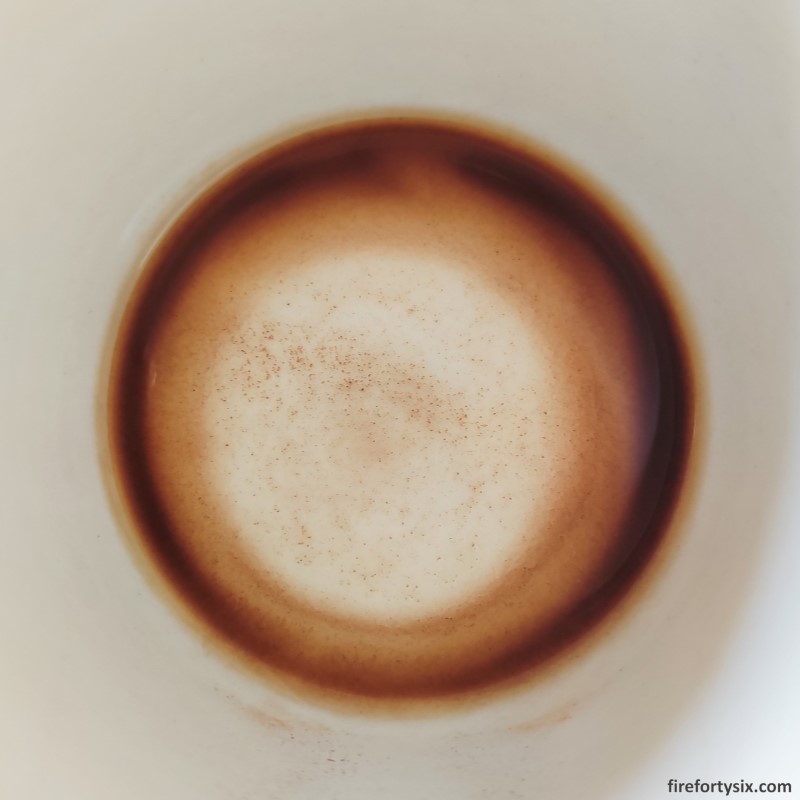
So, what were my conclusions after brewing two bags of coffee beans using two different filters?
Firstly, it was definitely more convenient using the paper filter. Once the brew was done and the grounds sufficiently cooled, all I had to do was to pick up the filter and dump it into the trash. For the metal filter, I had to knock out the used grounds, rinse out the lingering remnants and wash. It wasn’t that big of a chore, but it was slightly inconvenient.
Secondly, the upfront cost of buying a metal filter is orders of magnitude higher than using paper filters. For example, one Able Kone filter costs 550x the price of one Cafec Abaca filter. I’d have to use the metal filter every day for 1.5 years just to breakeven. But after that, it starts paying for itself since it’s quite well made and can easily last for many years.
Finally, when it comes to the element of taste, the findings are somewhat mixed and highly dependent on personal preferences. Both filters will allow you to make coffee with good flavour, with the main factor being the quality of the beans and roaster.
The key difference lies in the trade-off between clarity and body. If you prefer clean and bright pour over coffee, then paper filters are the way to go. But if you like heavier-bodied brews with a syrupy mouthfeel, then you’d enjoy using metal filters more. The table below gives a summary of the differences.
| Paper | Metal | |
|---|---|---|
| Convenience | 5 | 3 |
| Cost | 2 | 5 |
| Body | 2 | 5 |
| Flavour | 3 | 3 |
| Clarity | 4 | 2 |
The best way to visualise the findings are not in tabular form, but in a radar plot comprising all five dimensions. It’s clear from the chart how metal and paper filters perform vis-à-vis each other in the areas of convenience, cost, body, flavour and clarity.
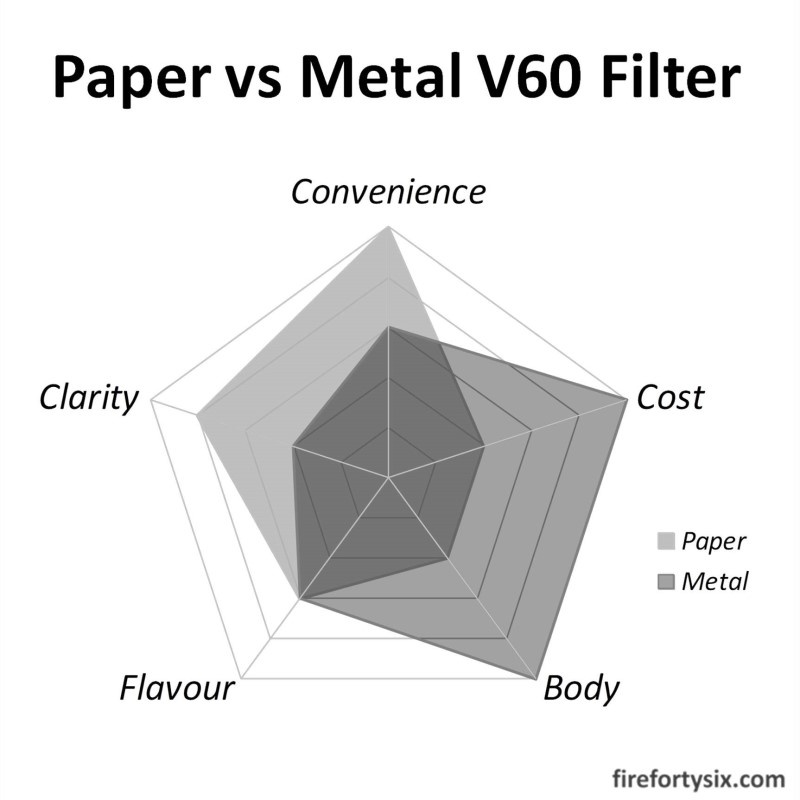
Speaking for ourselves, we’d probably stick with paper filters most of the time, and whip out the metal filter when we feel like having a heavier-tasting brew.
I’d probably also want to try using the metal filter at least once for each new bag of beans. Just in case it’s the better choice, like how it was for the Nylon Ethiopian.
If you’ve done a similar comparison between paper and metal filters, I’d be keen to hear your findings, so let me know in the comments below!
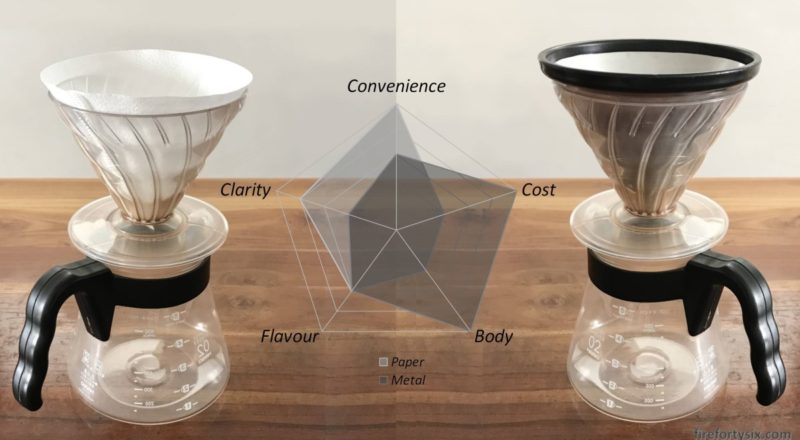
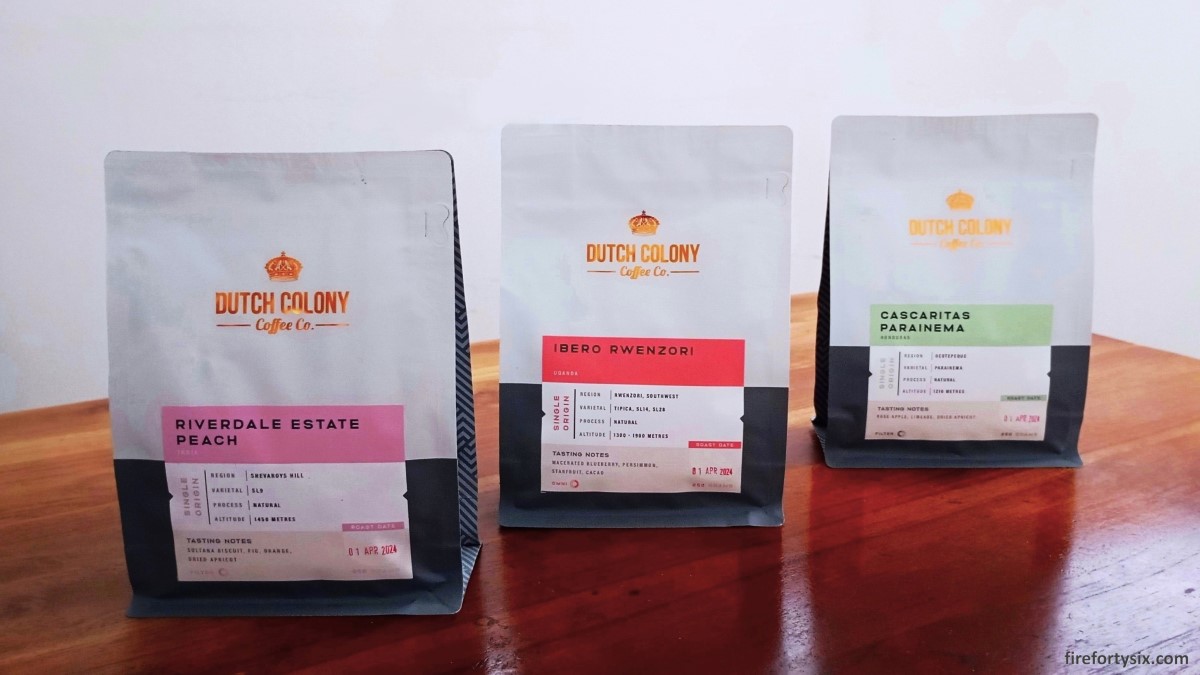
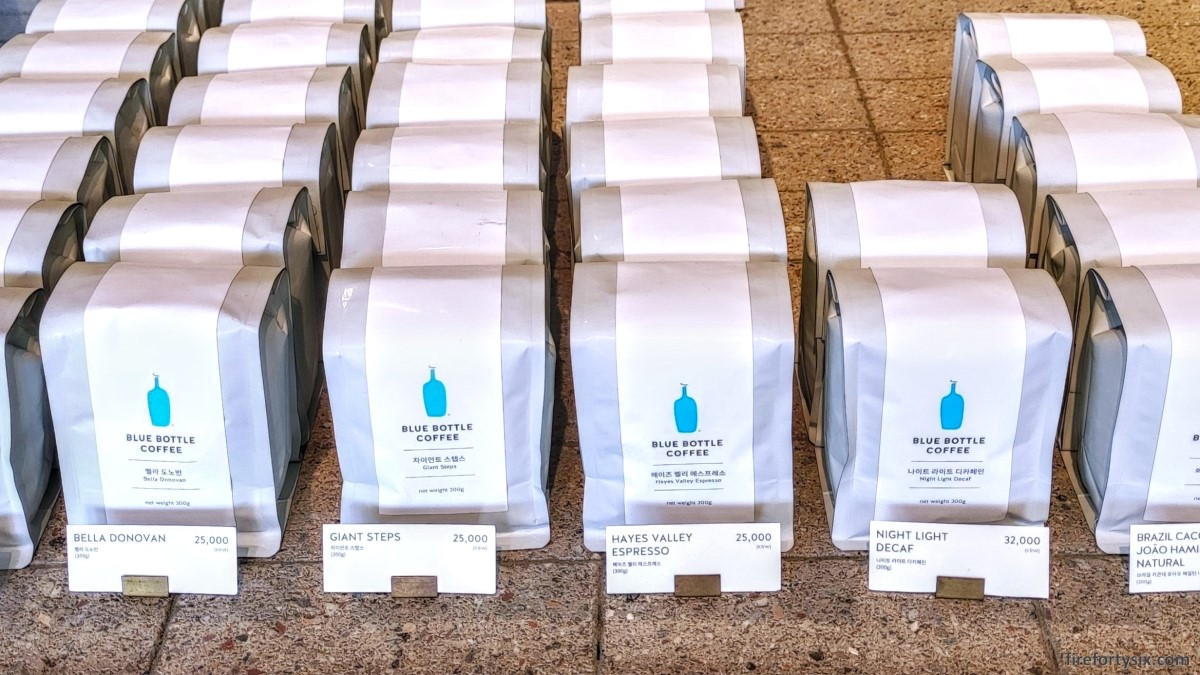
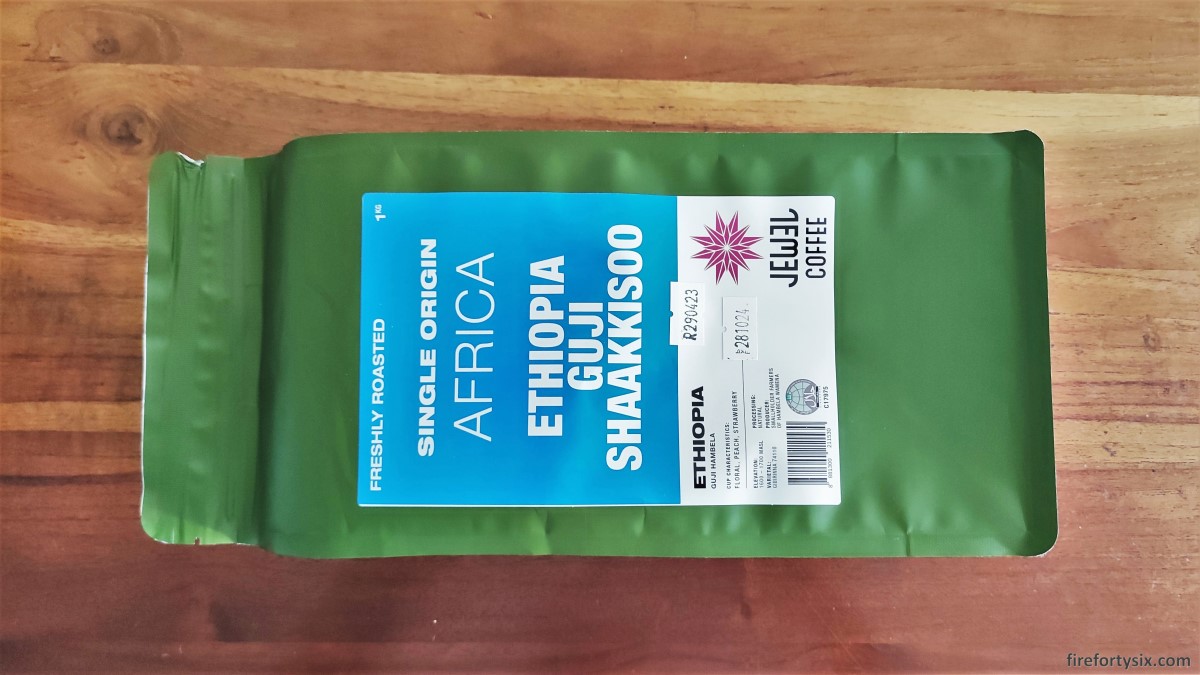
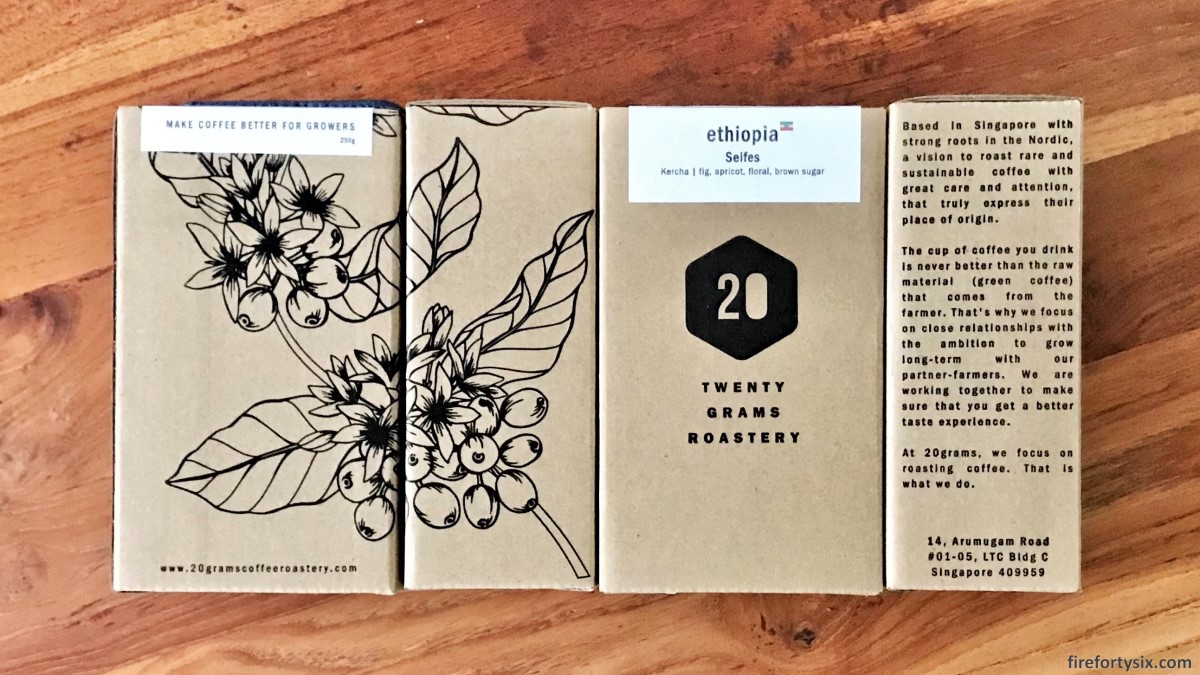
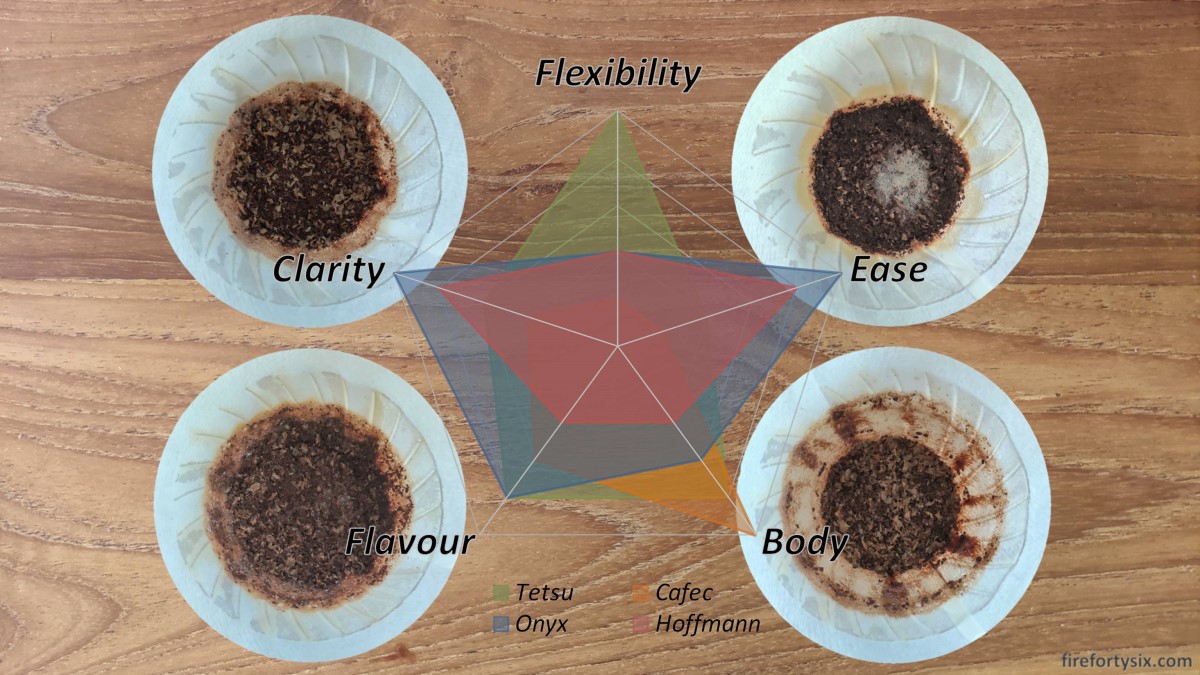
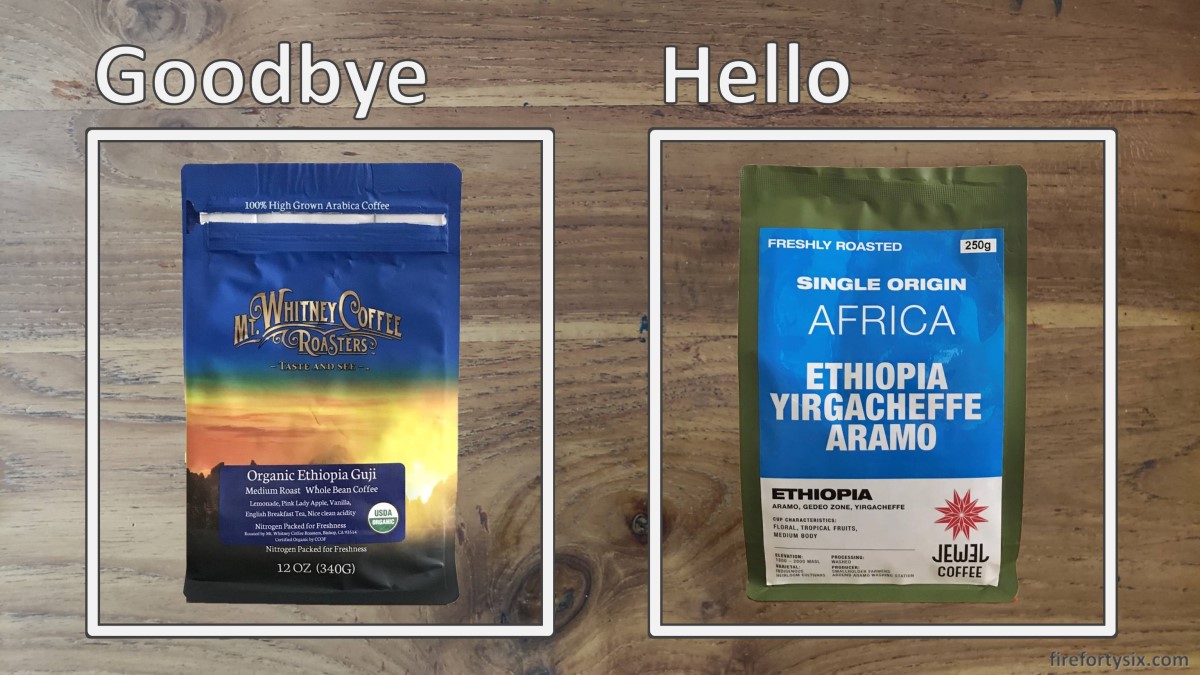

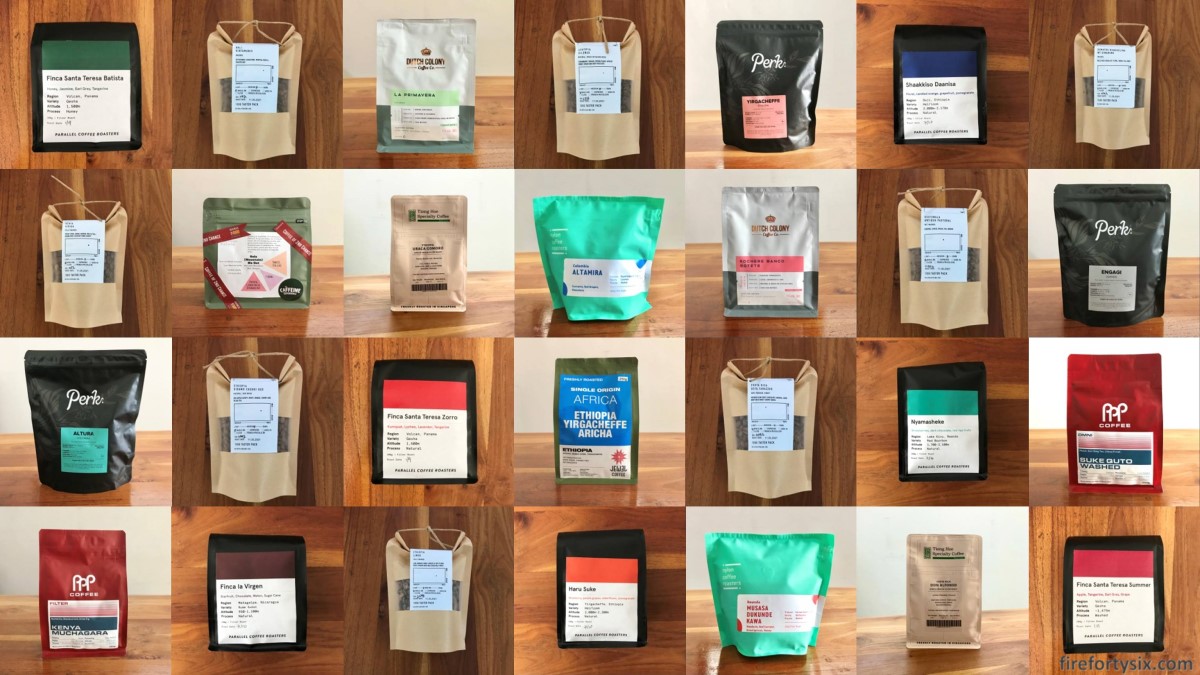
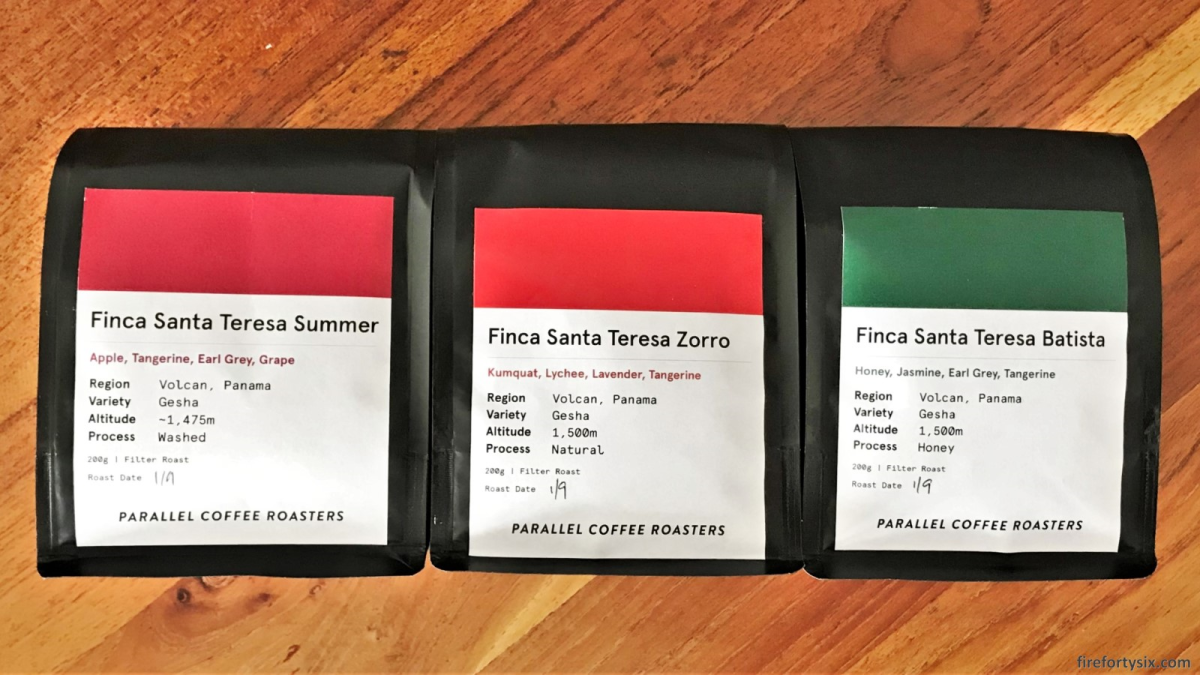
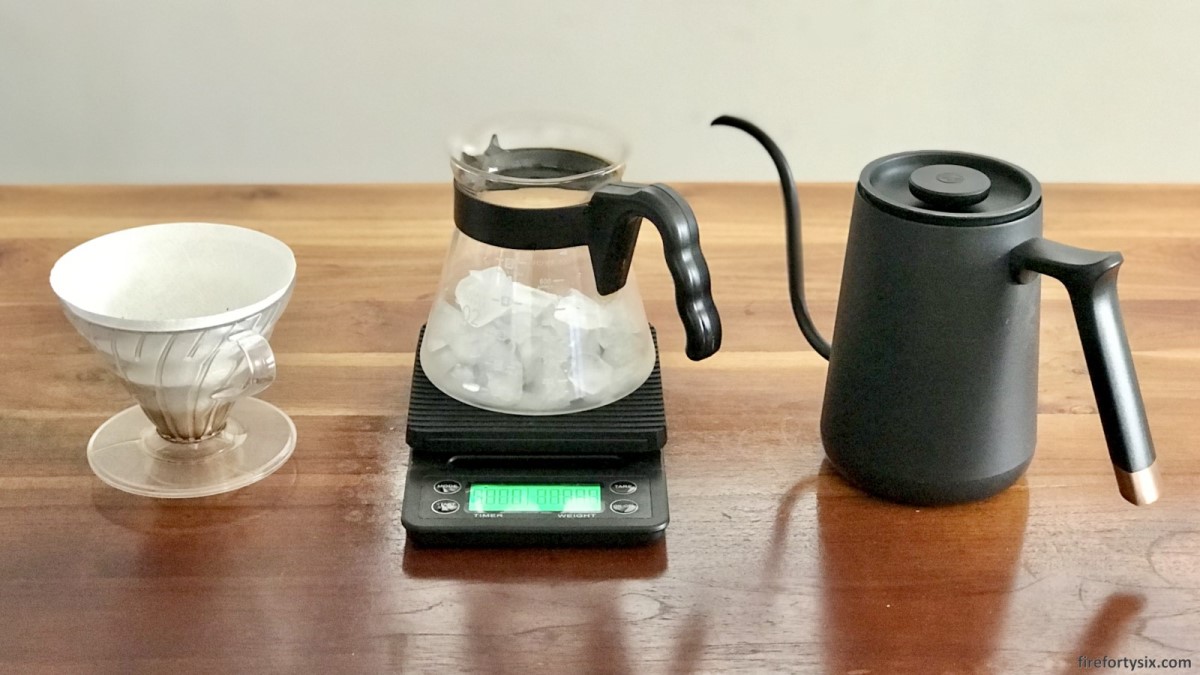
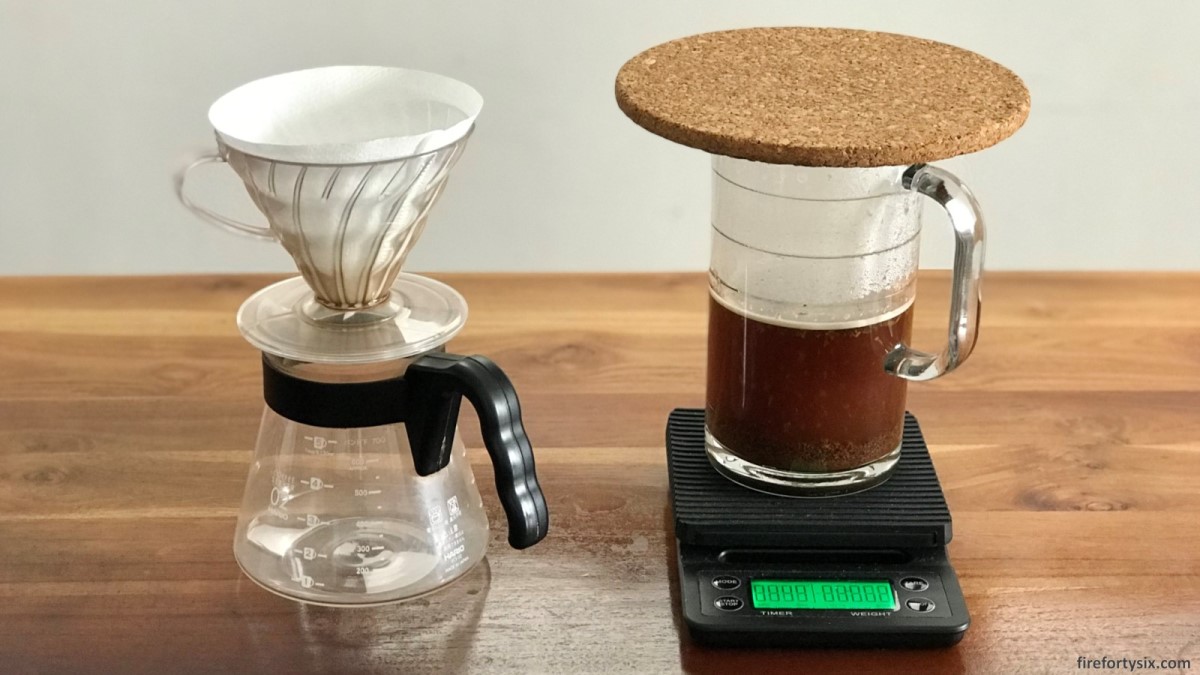
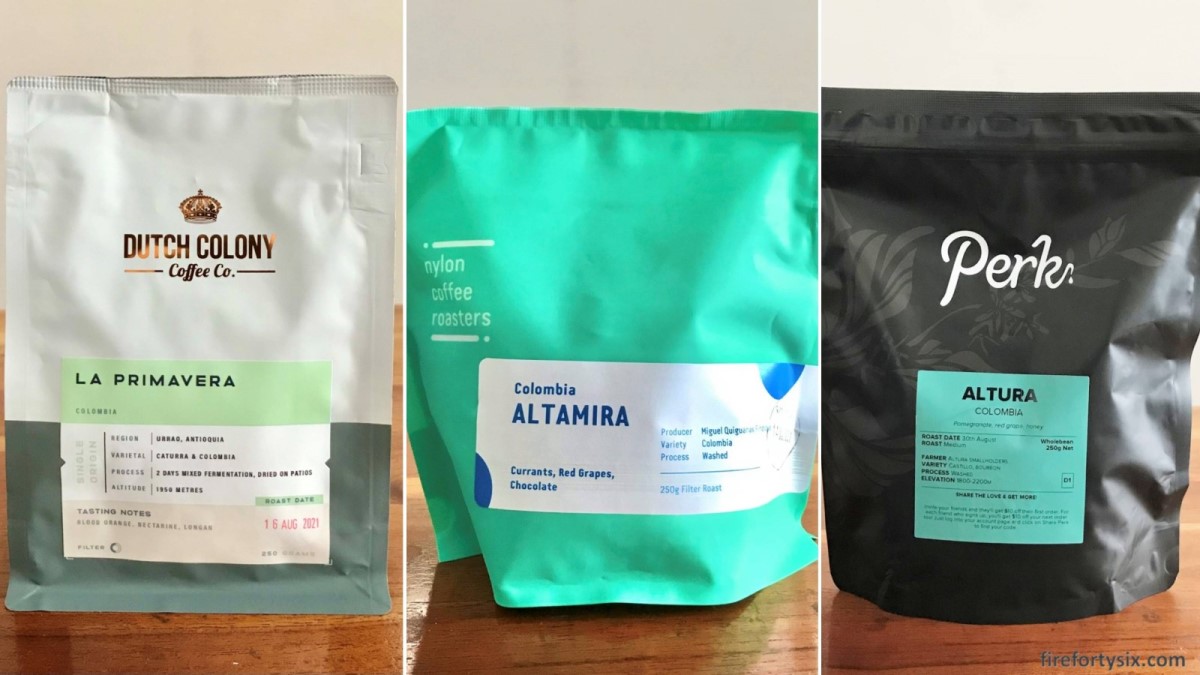
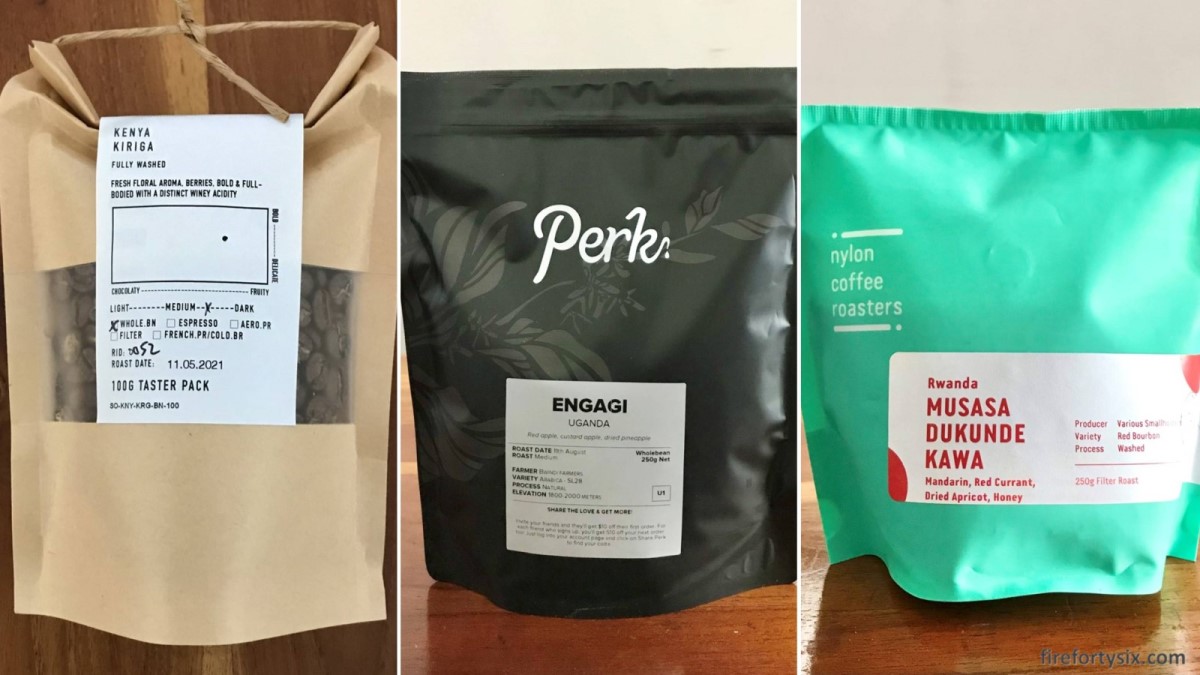

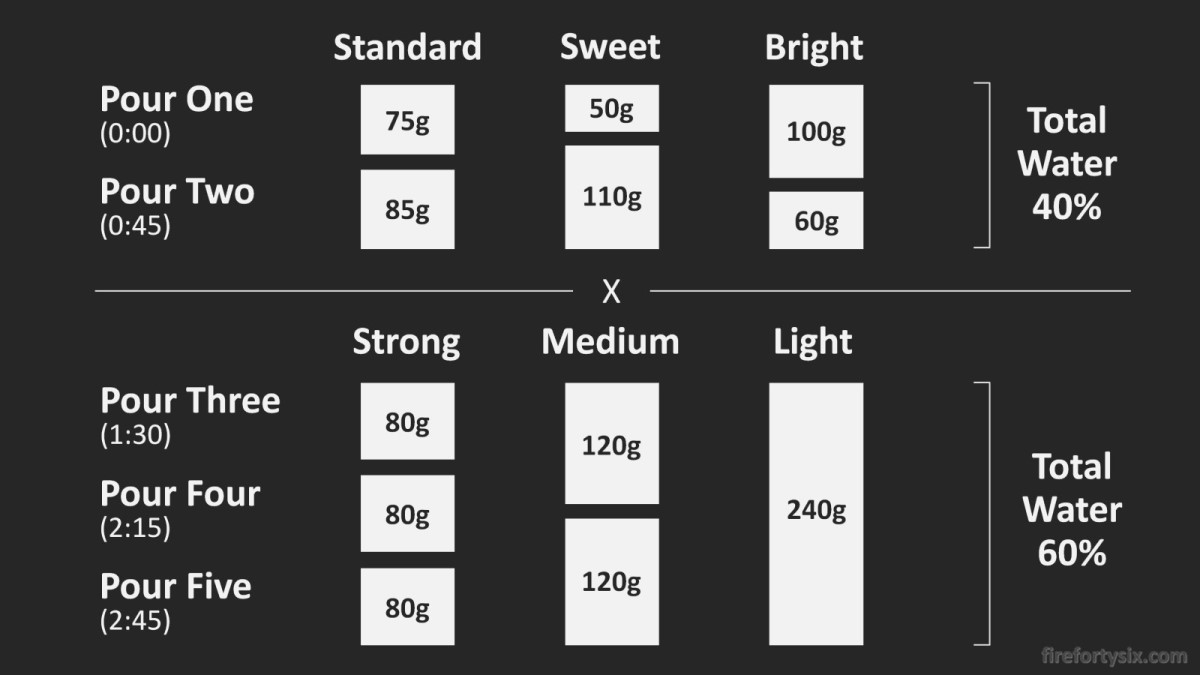
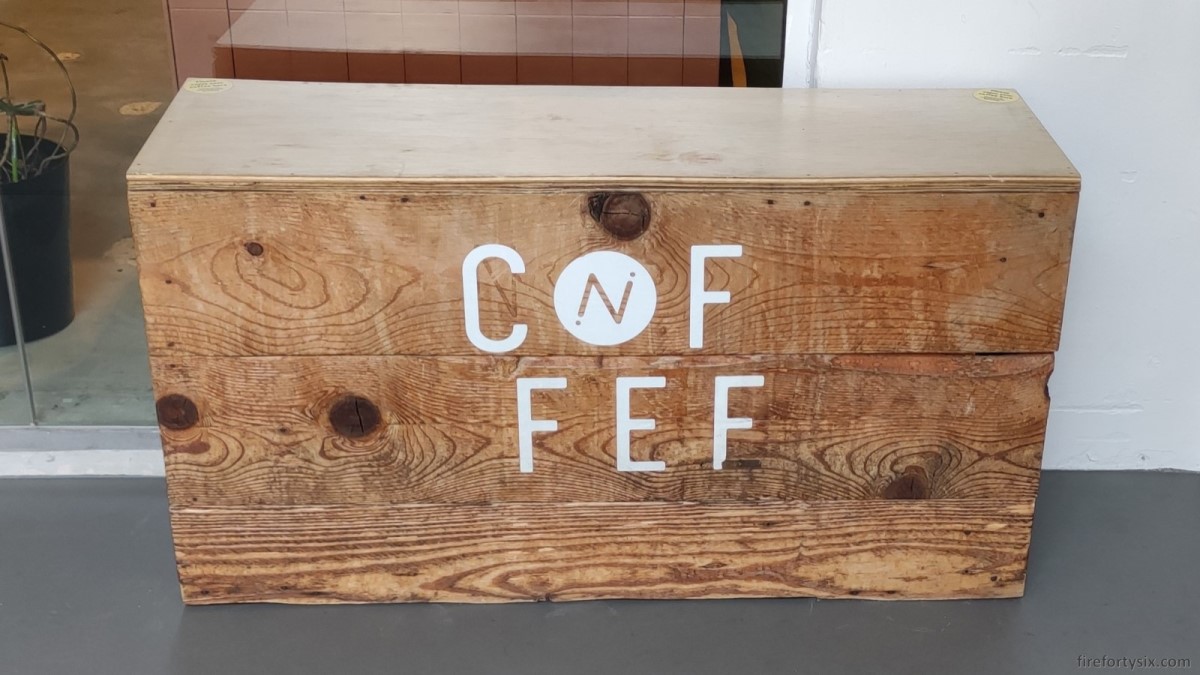
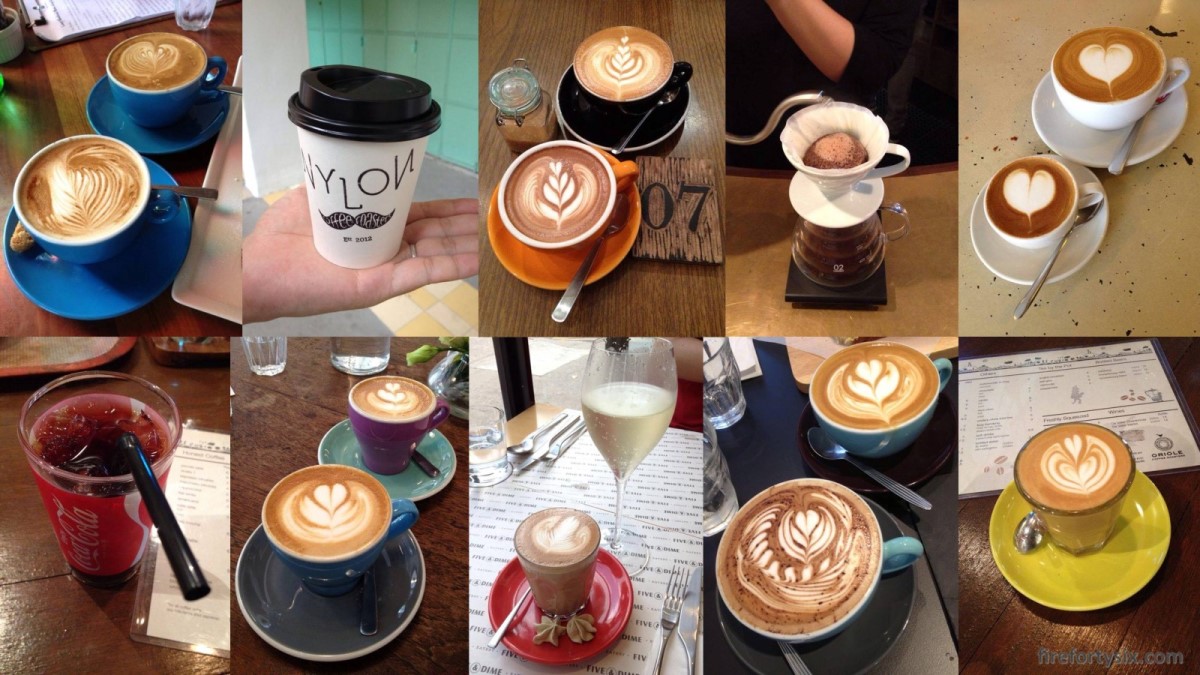
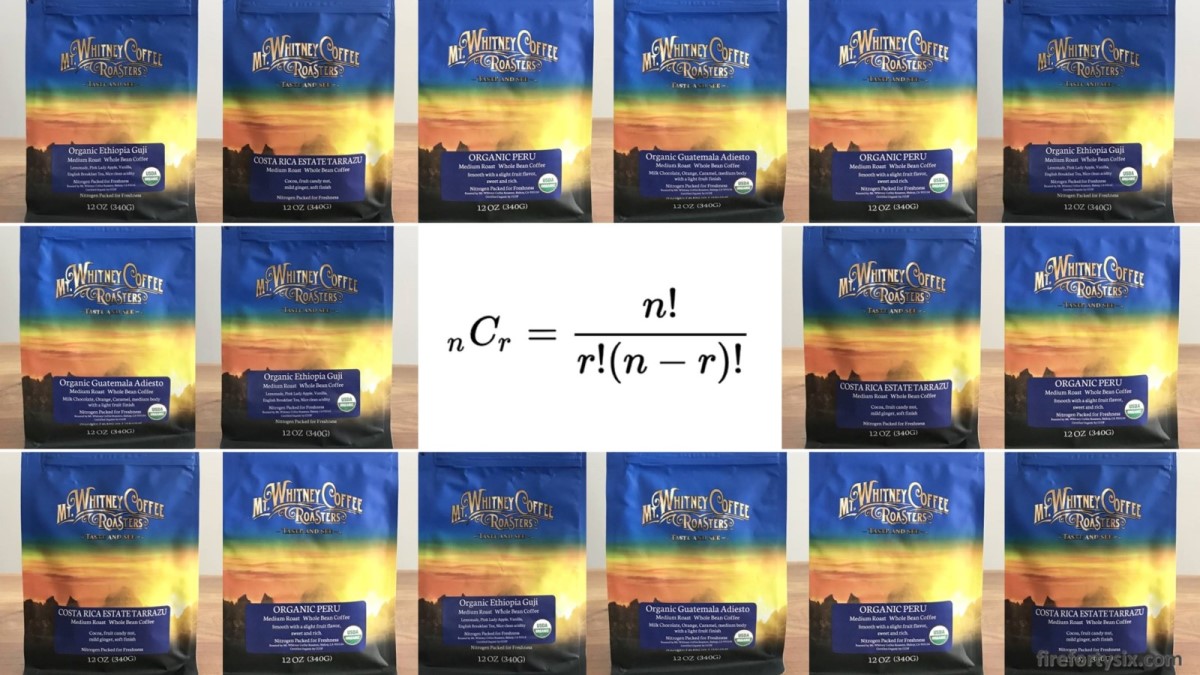
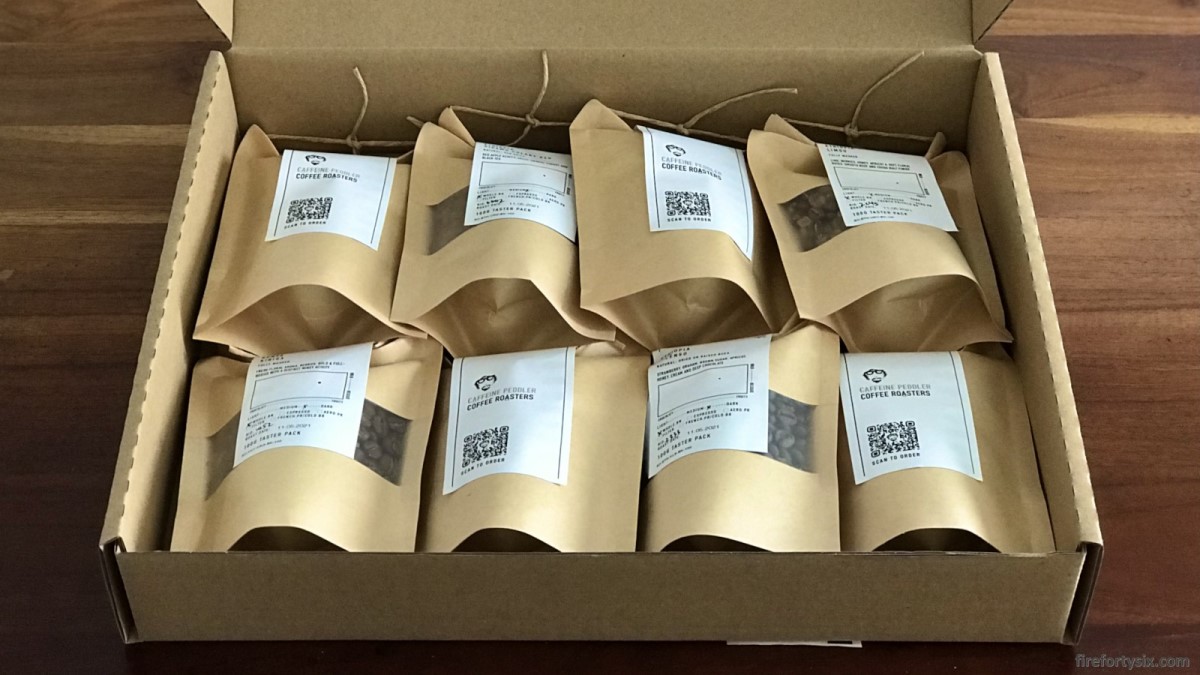
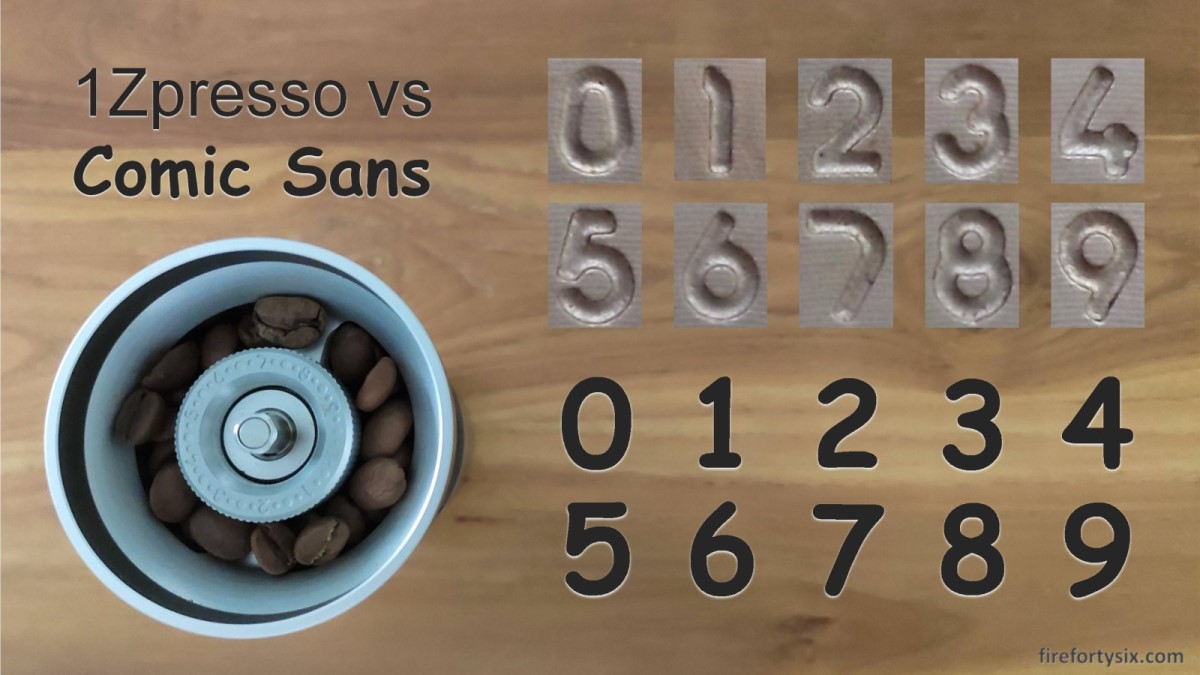
Gotta say you have such great detail to your review, Im definitely going to come back to learn more!
Though admittedly, it seems strange to have concerns over Kahweol and Cafestol; what’s concerning about them? Not only did your quoted wiki post show mostly positive results from the compound, but also scrolling through some online Sci Articles described similar positive results. I already am into reusability, but looking up those compounds makes me want nothing to do with a paper filters at this point.
“In addition to the effect of raising serum lipid [ie. LDLs… the good ones], in vitro and in vivo experimental results have revealed that the two diterpenes demonstrate multiple potential pharmacological actions such as anti-inflammation, hepatoprotective, anti-cancer, anti-diabetic, and anti-osteoclastogenesis activities.”
Recent Updates on the Functional Impact of Kahweol and Cafestol on Cancer
https://www.ncbi.nlm.nih.gov/pmc/articles/PMC9654648/
Cafestol and Kahweol: A Review on Their Bioactivities and Pharmacological Properties
https://www.mdpi.com/1422-0067/20/17/4238